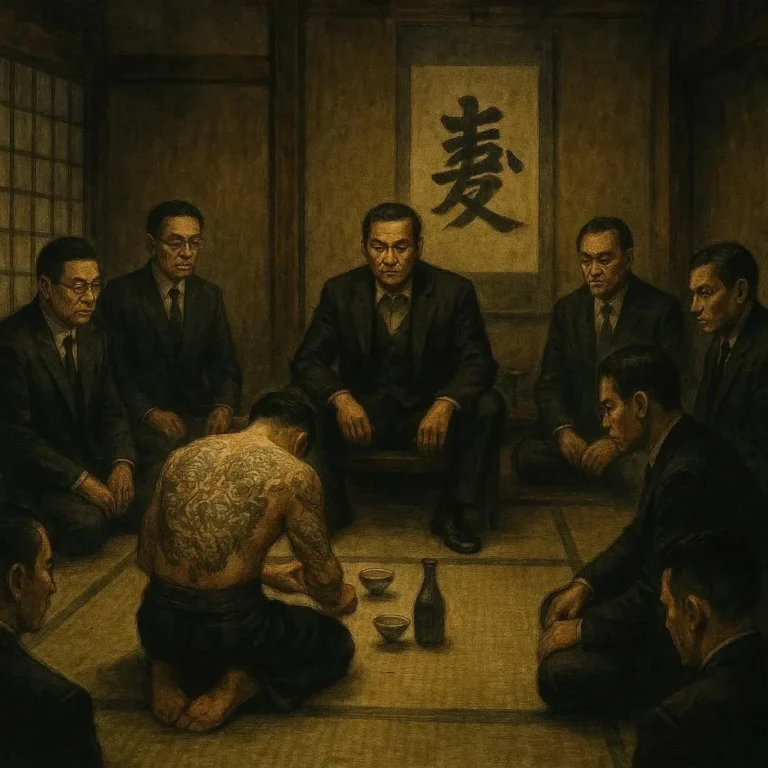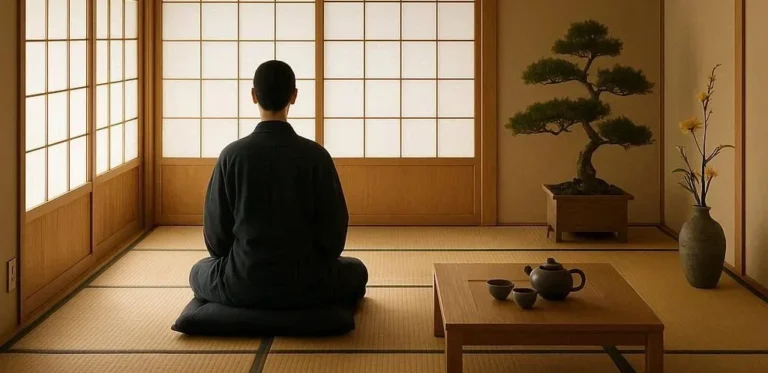501 views Myths and Legends Surrounding the Greatest Samurai
The samurai, Japan’s legendary warriors, have left an indelible mark on history and folklore. Their stories, often blending fact and fiction, have captivated audiences for centuries. From their unwavering honor to their extraordinary martial prowess, the myths and legends surrounding these warriors continue to inspire and intrigue. In this blog post, we delve into some of the most fascinating myths and legends about the greatest samurai, exploring their historical roots and cultural significance.
The Fascinating Myths and Legends of Samurai Warriors
The samurai class, which flourished from the 12th to the 19th century, was steeped in traditions of honor, discipline, and bravery. Their stories have been passed down through generations, often exaggerated or romanticized, creating a rich tapestry of myths and legends. These tales not only highlight their martial skills but also reveal the philosophical and cultural ideals they represented.
The Legend of Miyamoto Musashi
One of the most celebrated samurai in Japanese history is Miyamoto Musashi, a swordsman, ronin, and writer. Musashi is best known for his unparalleled skill with a sword and his philosophical work, The Book of Five Rings. However, his life is surrounded by numerous myths and legends.
- The Duels: Musashi is said to have fought over 60 duels, many of which he won with his signature dual-wield technique using two swords of different lengths. One of the most famous duels was against Sasaki Kojirō, a skilled swordsman. According to legend, Musashi carved a wooden sword from a boat oar on his way to the duel and used it to defeat Kojirō.
- The Hermit: In his later years, Musashi supposedly lived as a hermit in a cave, where he wrote The Book of Five Rings. This adds to his enigmatic image as a warrior-philosopher.
- The Curse: Some legends suggest that Musashi’s aggressive and solitary lifestyle led to a curse, causing misfortune to those who crossed his path. This myth may have been perpetuated by his reputation as a ruthless warrior.
For more information on Miyamoto Musashi, visit Wikipedia.
The Tale of the 47 Ronin
The story of the 47 Ronin is one of the most famous samurai legends, exemplifying loyalty and honor. The tale revolves around a group of samurai who avenged their lord’s unjust death after waiting for over a year in disguise.
- The Oath: The ronin swore an oath to avenge their lord, Asano Naganori, who was unfairly punished for defending his honor. They infiltrated the household of the man responsible for his death, Kira Yoshinaka, and executed their revenge with precision.
- The Sacrifice: The legend tells that all 47 ronin knew their mission would result in their deaths, yet they proceeded without hesitation. Their loyalty and willingness to sacrifice themselves became a symbol of the samurai code, Bushido.
- The Historical Facts: While the core of the story is based on real events, many details have been exaggerated or embellished over time. For instance, the number of ronin may have been fewer than 47.
To explore more about the 47 Ronin, visit Wikipedia.
The Myth of Yoshitsune Minamoto
Minamoto no Yoshitsune, a brilliant military strategist and swordsman, is another central figure in samurai mythology. His life was marked by both triumph and tragedy, leading to numerous legends.
- The Battle of Dan-no-Ura: Yoshitsune’s victory at the Battle of Dan-no-Ura cemented his reputation as a tactical genius. According to legend, he predicted the tides and used them to his advantage, leading to a decisive victory.
- The Betrayal: Yoshitsune was betrayed by his half-brother, Yoritomo, who grew jealous of his fame. This led to Yoshitsune’s eventual suicide. The story of his betrayal has become a tragic tale of loyalty and power struggles.
- The sword named ‘Kotegiri’: Yoshitsune’s sword, Kotegiri, is said to have mystical powers. Some legends claim it was forged by the gods and allowed Yoshitsune to cut through anything.
For more details on Yoshitsune Minamoto, visit Wikipedia.
The Cultural and Historical Significance of Samurai Myths
These myths and legends not only entertain but also provide insights into the values and beliefs of feudal Japan. They highlight the importance of honor, loyalty, and discipline, which were central to the samurai code, Bushido.
The Role of Bushido
Bushido, the way of the warrior, was a set of ethical principles that guided samurai behavior. Myths and legends often emphasize adherence to these principles, even in the face of death. Stories like that of the 47 Ronin underscore the importance of loyalty and revenge, while Musashi’s life reflects the pursuit of perfection and self-discipline.
The Impact on Modern Culture
The legends of the samurai have had a lasting impact on modern culture. From literature and film to martial arts and philosophy, their stories continue to inspire. For example, the legend of Miyamoto Musashi has influenced numerous books, movies, and even video games.
Conclusion: The Enduring Appeal of Samurai Myths
The myths and legends surrounding the greatest samurai are a testament to their enduring legacy. These stories, while often embellished, capture the essence of the samurai spirit and the cultural ideals they represented. Whether you’re a history enthusiast, a martial arts practitioner, or simply someone fascinated by heroism and sacrifice, the tales of these warriors offer timeless lessons.
If you enjoyed this exploration of samurai myths and legends, share your favorite stories or thoughts in the comments below. For more articles on historical figures and cultural legends, subscribe to our blog today!
Explore more about samurai history and culture by visiting Samurai Archives.







